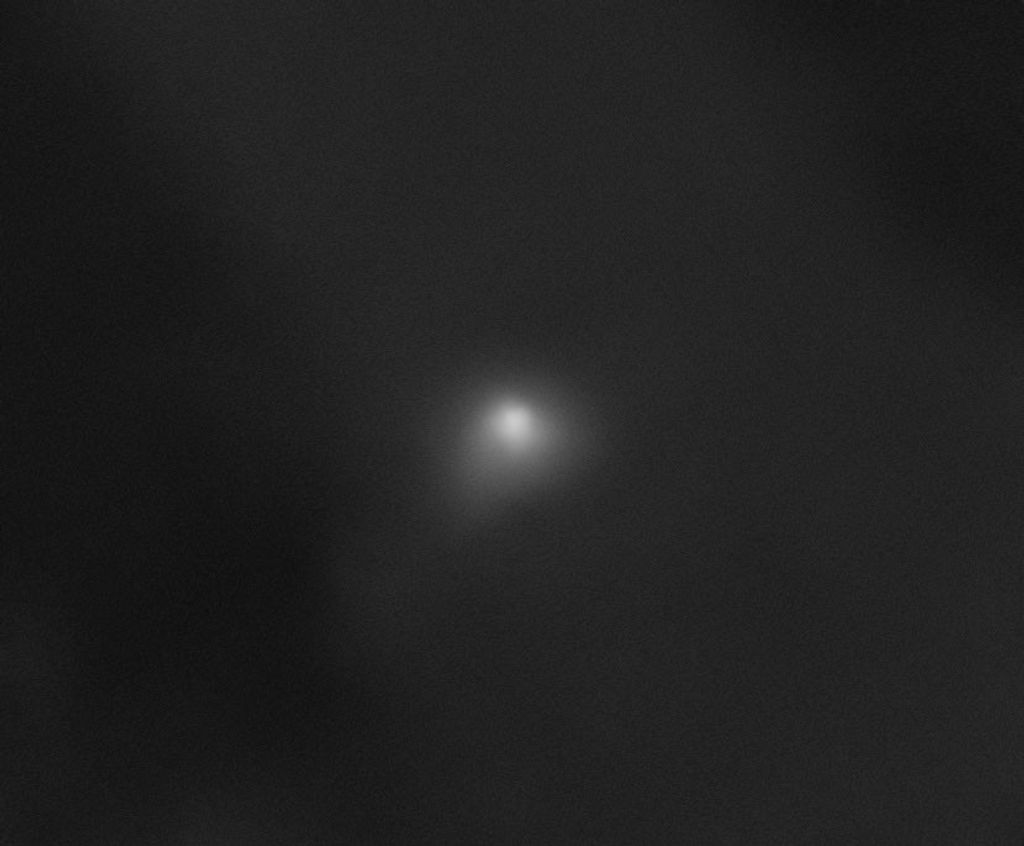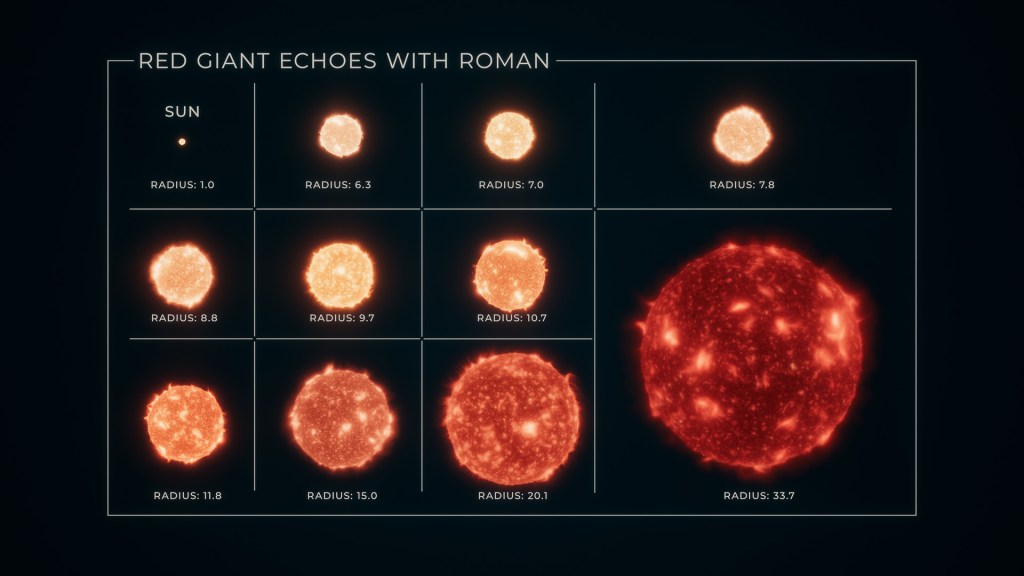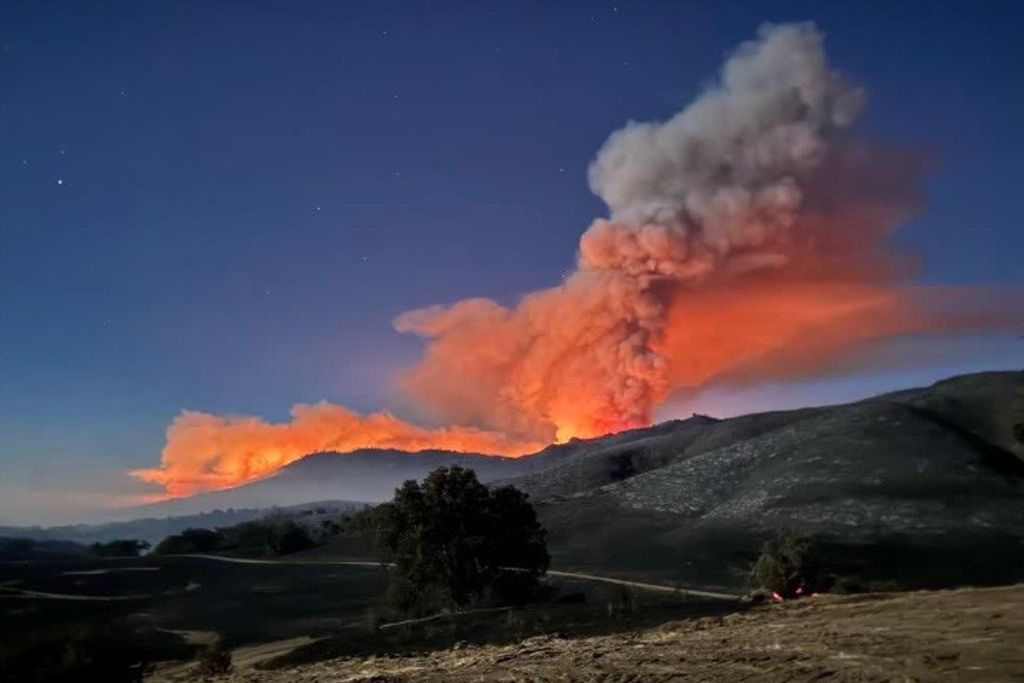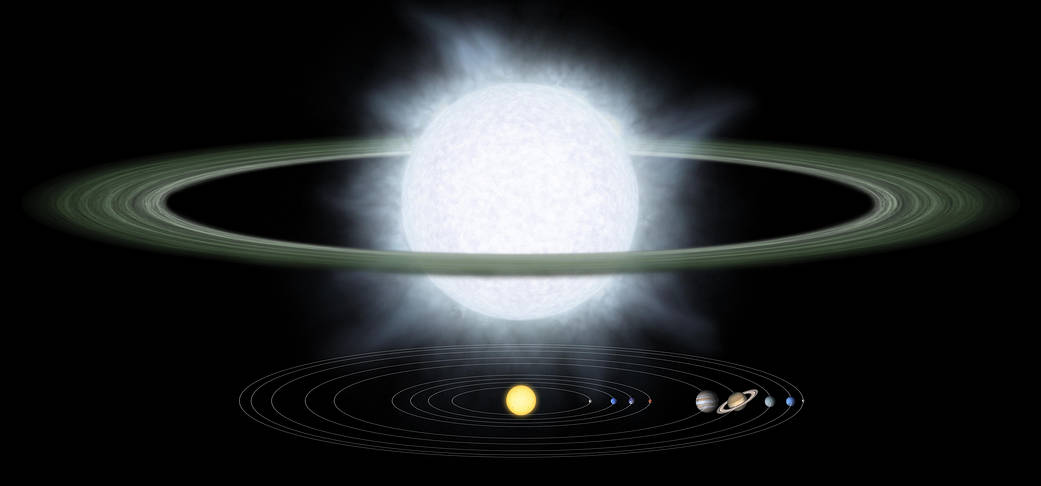This artist’s concept compares the size of a gargantuan star and its surrounding dusty disk to that of our solar system. Monstrous disks like this one were discovered around two “hypergiant” stars by NASA’s Spitzer Space Telescope. Astronomers believe these disks might contain the early “seeds” of planets, or possibly leftover debris from planets that already formed.
R 66 and R 126, the hypergiant stars discovered by Spitzer, are located about 170,000 light-years away in our Milky Way’s nearest neighbor galaxy, the Large Magellanic Cloud. The stars are about 100 times wider than the sun, and are 30 and 70 times the mass of the sun, respectively.
Hypergiant stars are the puffed-up, aging descendants of the most massive class of stars, called “O” stars. The stars are so massive that their cores ultimately collapse under their own weight, triggering incredible explosions called supernovae.Image Credit: NASA/JPL-Caltech
1 min read





























